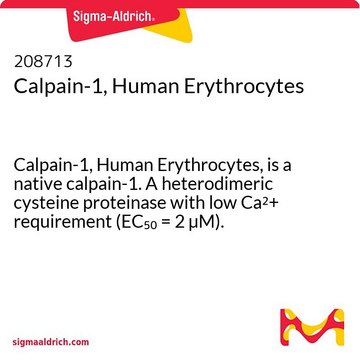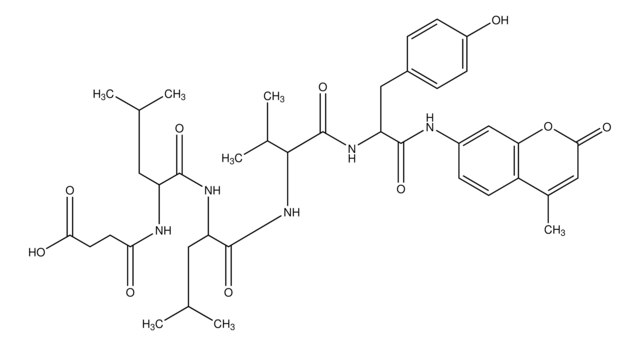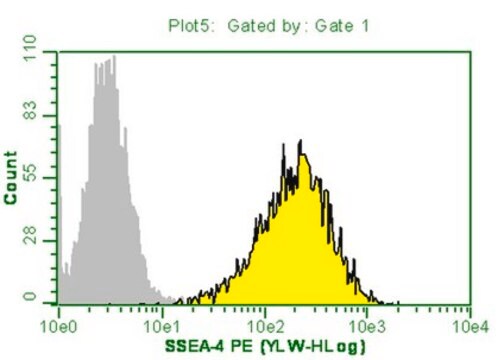QIA120
Calpain Activity Assay Kit, Fluorogenic
About This Item
Productos recomendados
usage
sufficient for 96 tests
Quality Level
packaging
pkg of 1 96-well plate(s)
manufacturer/tradename
Calbiochem®
storage condition
OK to freeze
avoid repeated freeze/thaw cycles
protect from light
input
sample type serum
sample type plasma
sample type cell lysate
detection method
fluorometric
shipped in
wet ice
General description
Components
Warning
Specifications
Preparation Note
Storage and Stability
Analysis Note
Calpain 1
Other Notes
Glading, A., et al. 2000. J. Biol. Chem.275, 23908.
Ishikara, I., et al. 2000. Neurosci. Lett.279, 97.
Nakagawa, T. and Yuan, J. 2000. J. Cell Biol.150, 887.
Pariat, M., et al. 2000. Biochem. J.345, 129.
Pink, J.J., et al. 2000.Exp. Cell Res.255, 144.
Wang, K.K. 2000. Trends Neurosci.23, 20.
Reddy, R.K., et al. 1999. J. Biol. Chem.274, 28476.
Leist, M., et al. 1998. Mol. Pharmacol.54, 789.
Melloni, E., et al. 1998. J. Biol. Chem.273, 12827.
Villa, P.G., et al. 1998. J. Cell Sci.111, 713.
Wood, D.E., et al. 1998. Oncogene17, 1069.
Kubbutat, M.H. and Vousden, K.H. 1997. Mol. Cell Biol.17, 460.
Molinari, M. and Carafoli, E. 1997. J. Membr. Biol.156, 1.
Sorimachi, H., et al. 1997. Biochem. J.328, 721.
Squier, M.K. and Cohen, J.J. 1997. J. Immunol.158, 3690.
Aoki, K., et al. 1986. FEBS Lett.205, 313.
Ohno, S., et al. 1986. Nucleic Acid Res.14, 5559.
Legal Information
signalword
Danger
hcodes
Hazard Classifications
Repr. 1B
Storage Class
6.1C - Combustible acute toxic Cat.3 / toxic compounds or compounds which causing chronic effects
Certificados de análisis (COA)
Busque Certificados de análisis (COA) introduciendo el número de lote del producto. Los números de lote se encuentran en la etiqueta del producto después de las palabras «Lot» o «Batch»
¿Ya tiene este producto?
Encuentre la documentación para los productos que ha comprado recientemente en la Biblioteca de documentos.
Nuestro equipo de científicos tiene experiencia en todas las áreas de investigación: Ciencias de la vida, Ciencia de los materiales, Síntesis química, Cromatografía, Analítica y muchas otras.
Póngase en contacto con el Servicio técnico









